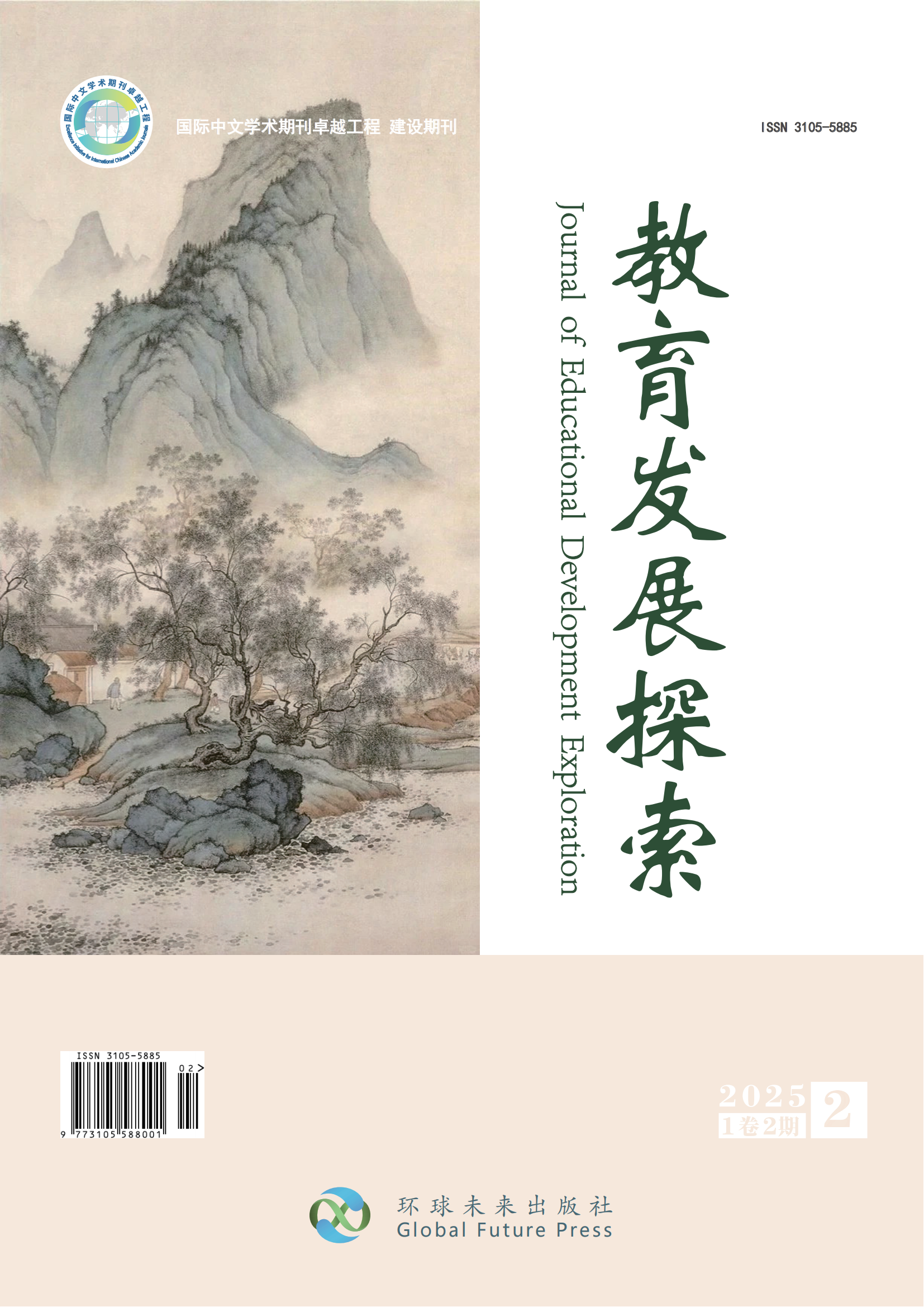Research on the Application of Learning Machines in Primary School Students' After-School Learning
DOI:
https://doi.org/10.65196/3skdcn87Keywords:
Learning Machine, After-School Learning, Primary School Education, Personalized Learning, Educational Technology, Educational EquityAbstract
With the in-depth implementation of the "Double Reduction" policy and the continuous advancement of the Education Informatization 2.0 Initiative, intelligent educational hardware, as a link between home and school education, has become increasingly important. Learning machines, as the core representative of intelligent educational hardware, have deeply integrated into the after-school learning scenarios of primary school students and become a key variable in reshaping the pattern of after-school learning.This paper aims to systematically explore the application models, practical effects, potential risks, and future evolution paths of learning machines in primary school students' after-school learning. The research first sorts out the technological evolution process of learning machines from traditional electronic tools to intelligent interactive platforms, and then focuses on analyzing their core application values and specific practical models in realizing personalized and precise learning, integrating high-quality educational resources, assisting learning process management, and promoting the improvement of comprehensive literacy.The research also dialectically points out that the current application of learning machines faces multiple challenges, such as technical bottlenecks and product homogenization, educational ethics and child development risks, the hidden danger of widening the digital divide, and the vague boundary of responsibilities between home and school. Finally, based on the trend of technological development and the essential needs of education, this paper looks forward to the development prospects of learning machines in the future, including in-depth integration of AIGC technology, integration of emotional computing, construction of an open ecosystem, and strengthening of industry standards. It is expected to provide theoretical reference and practical guidance for building a healthy, efficient, and people-oriented new paradigm of after-school learning.


